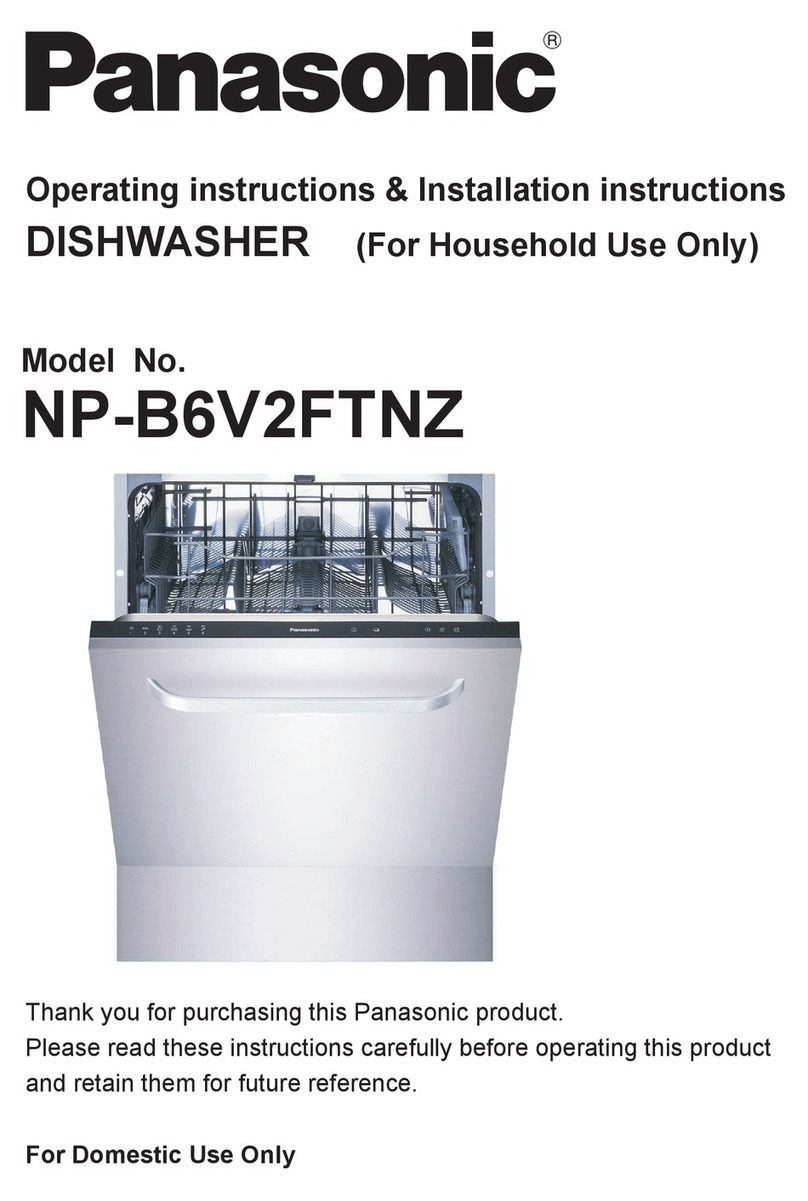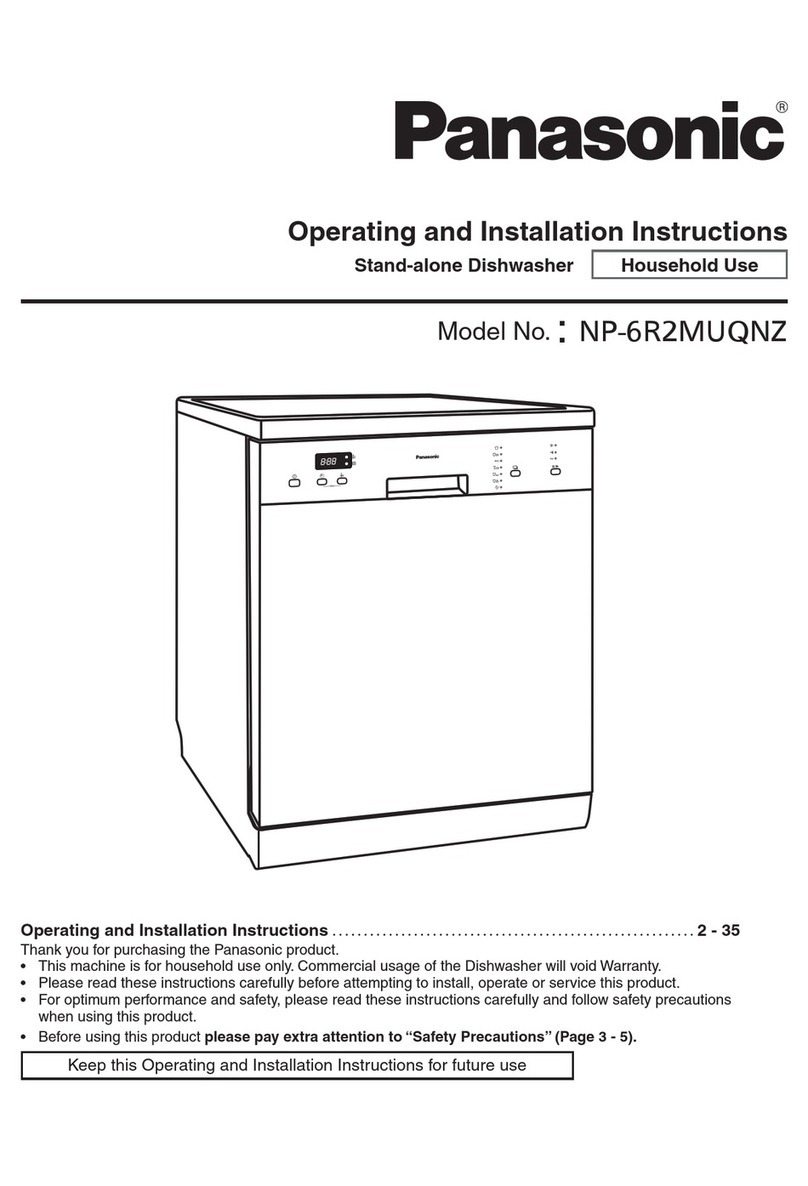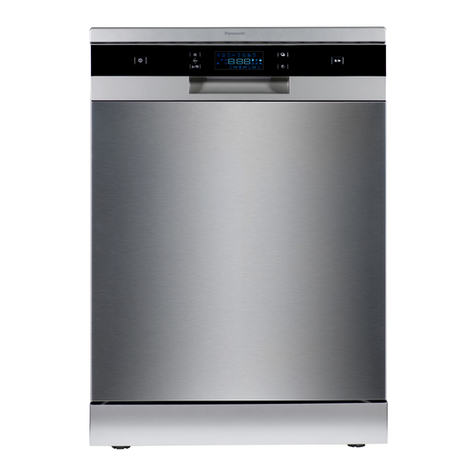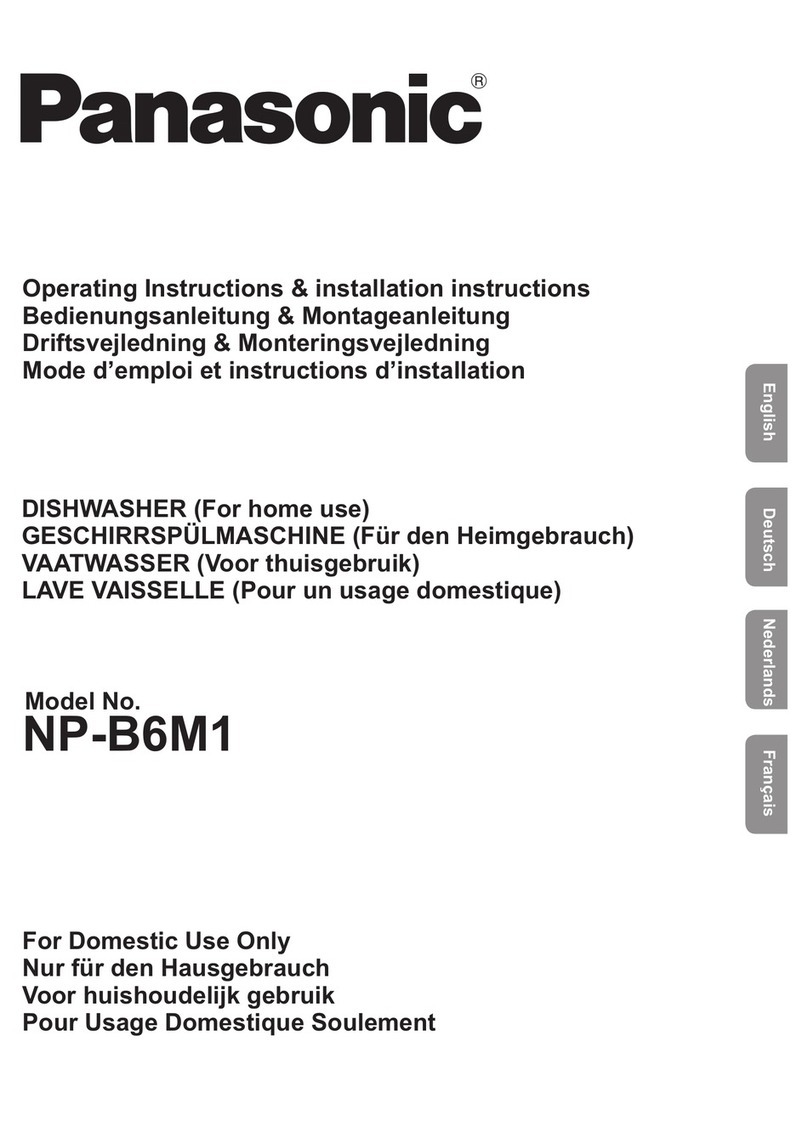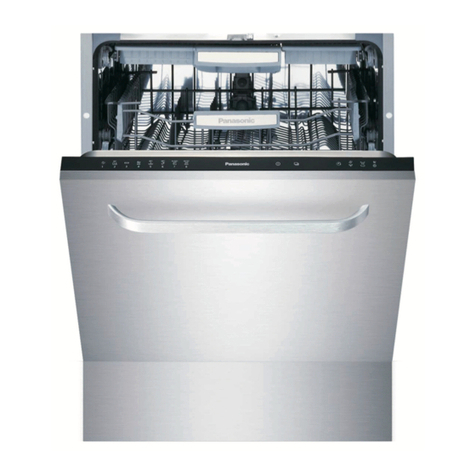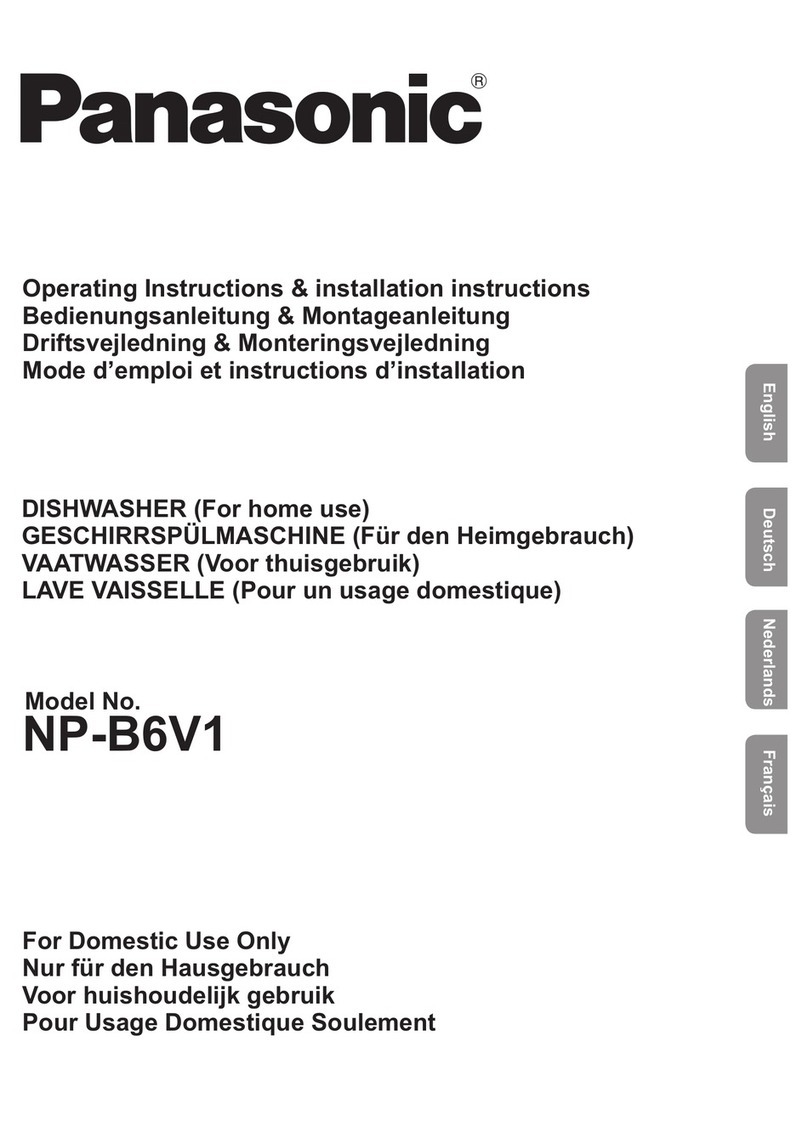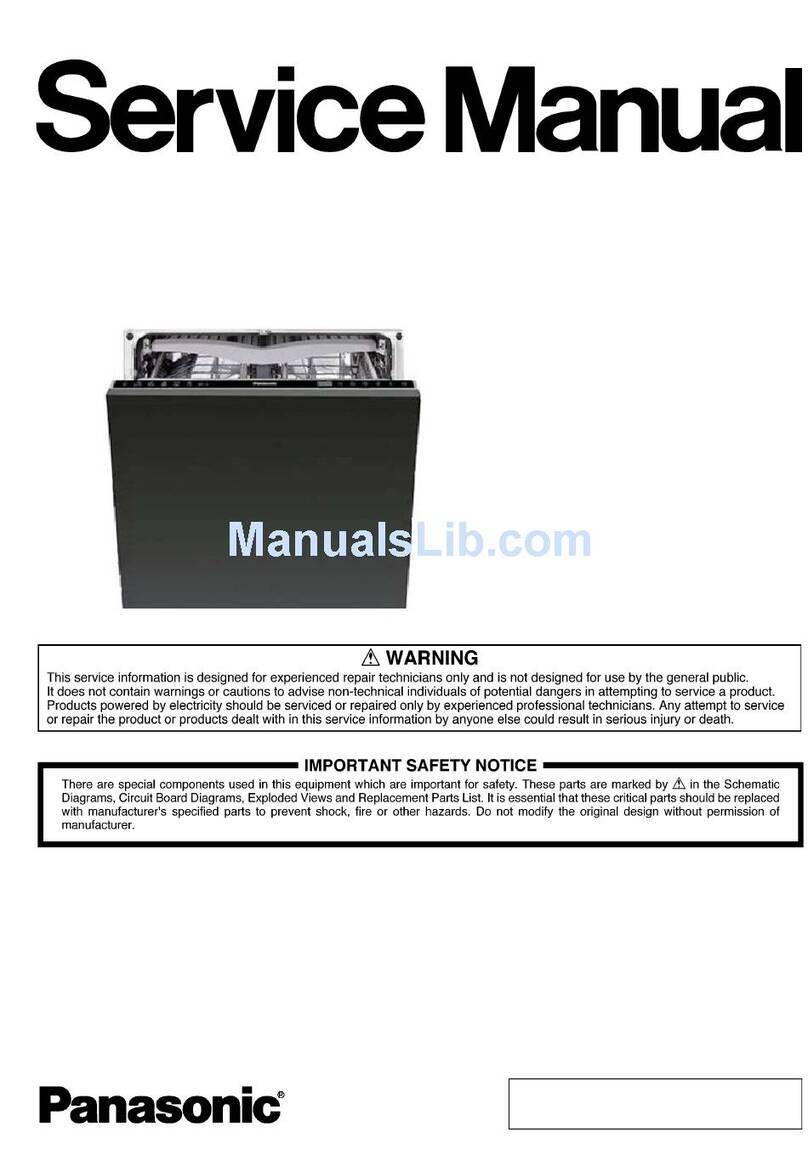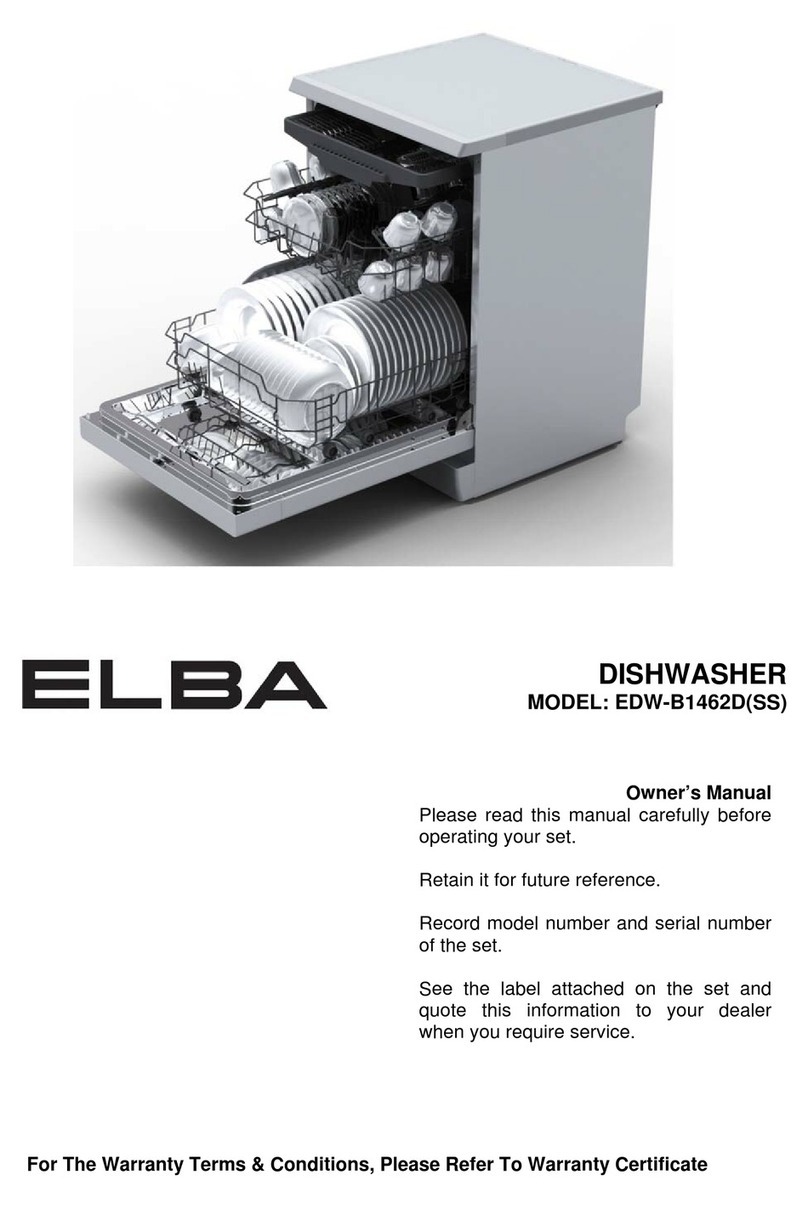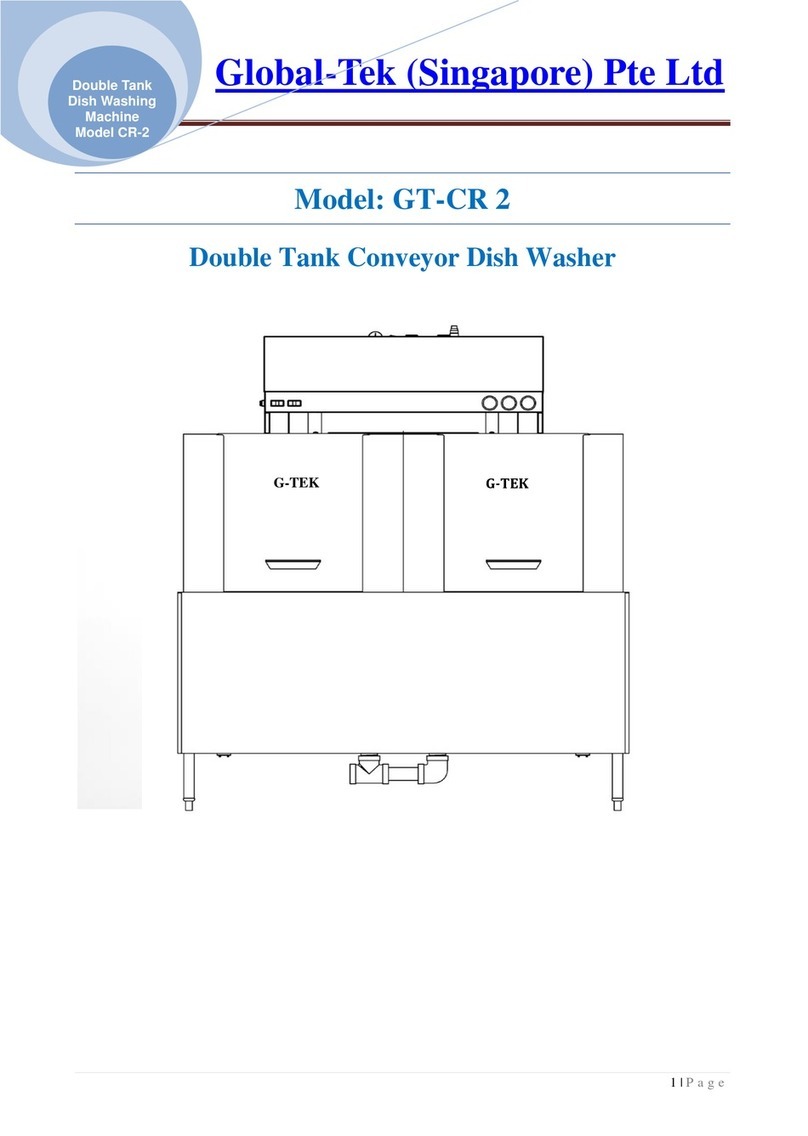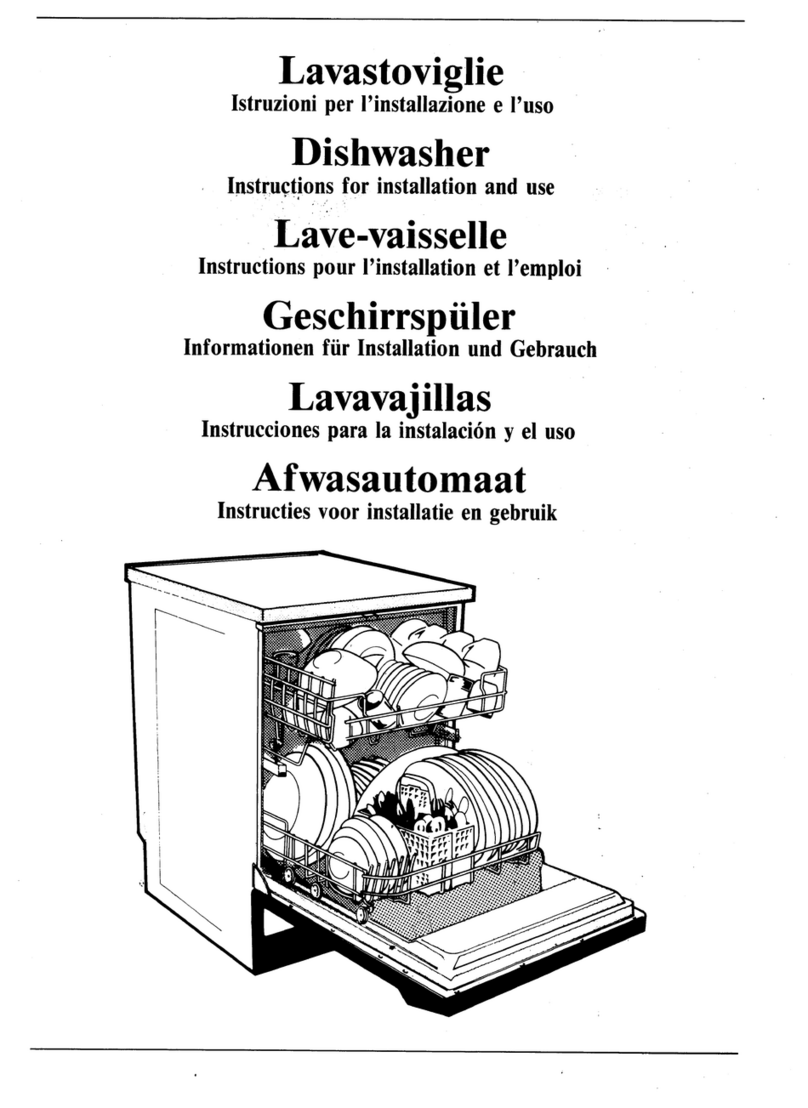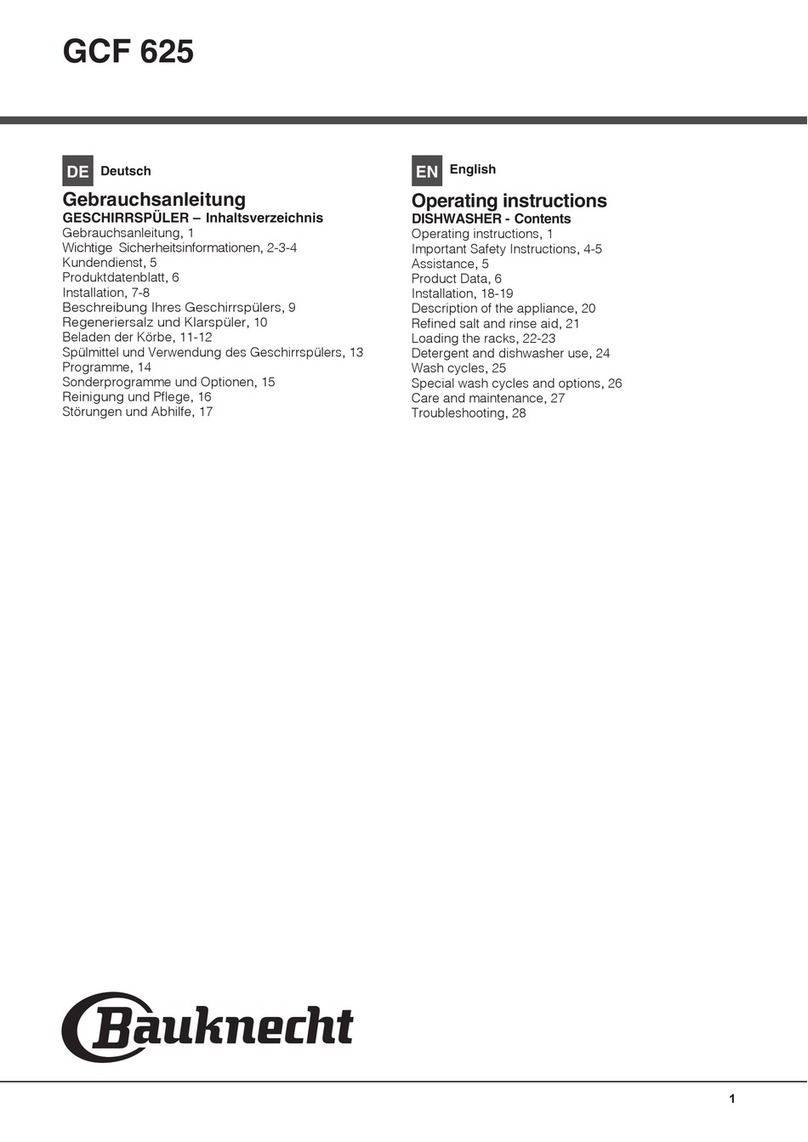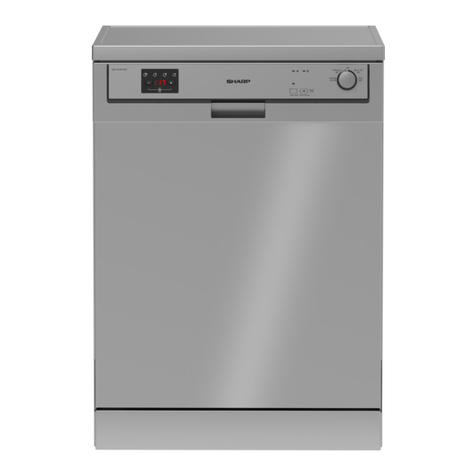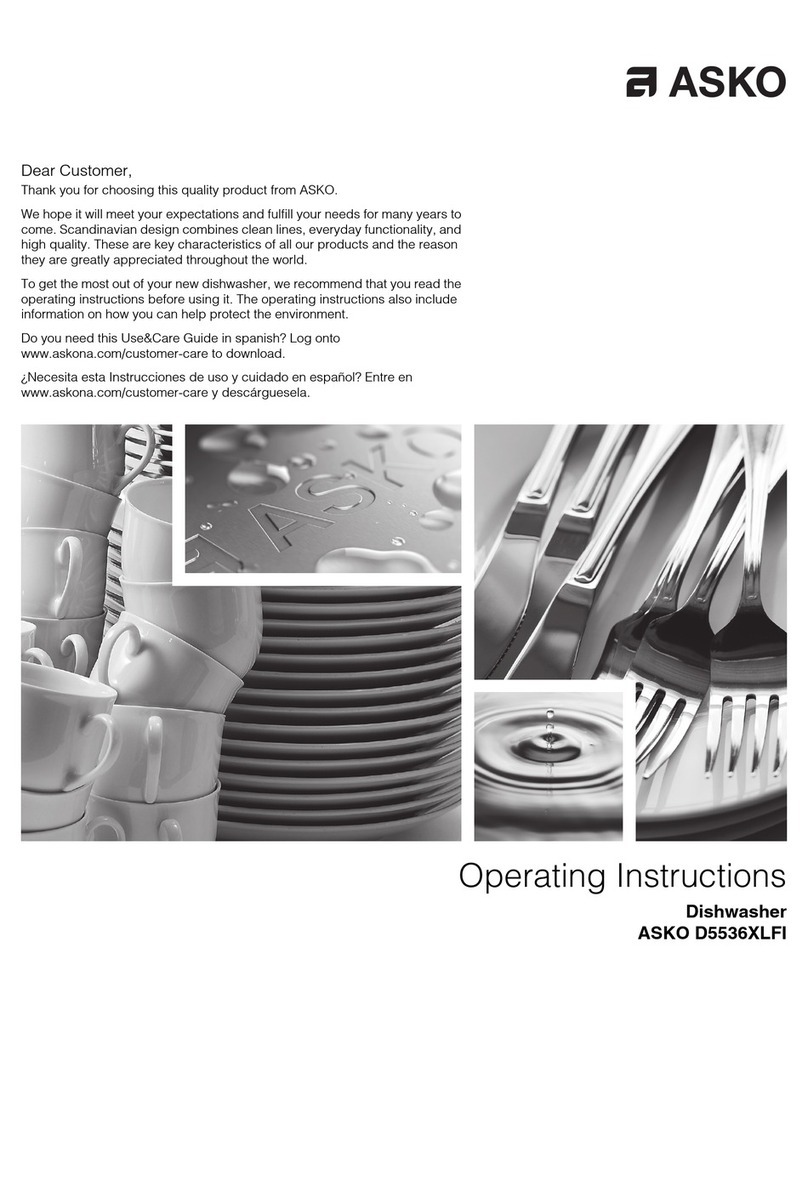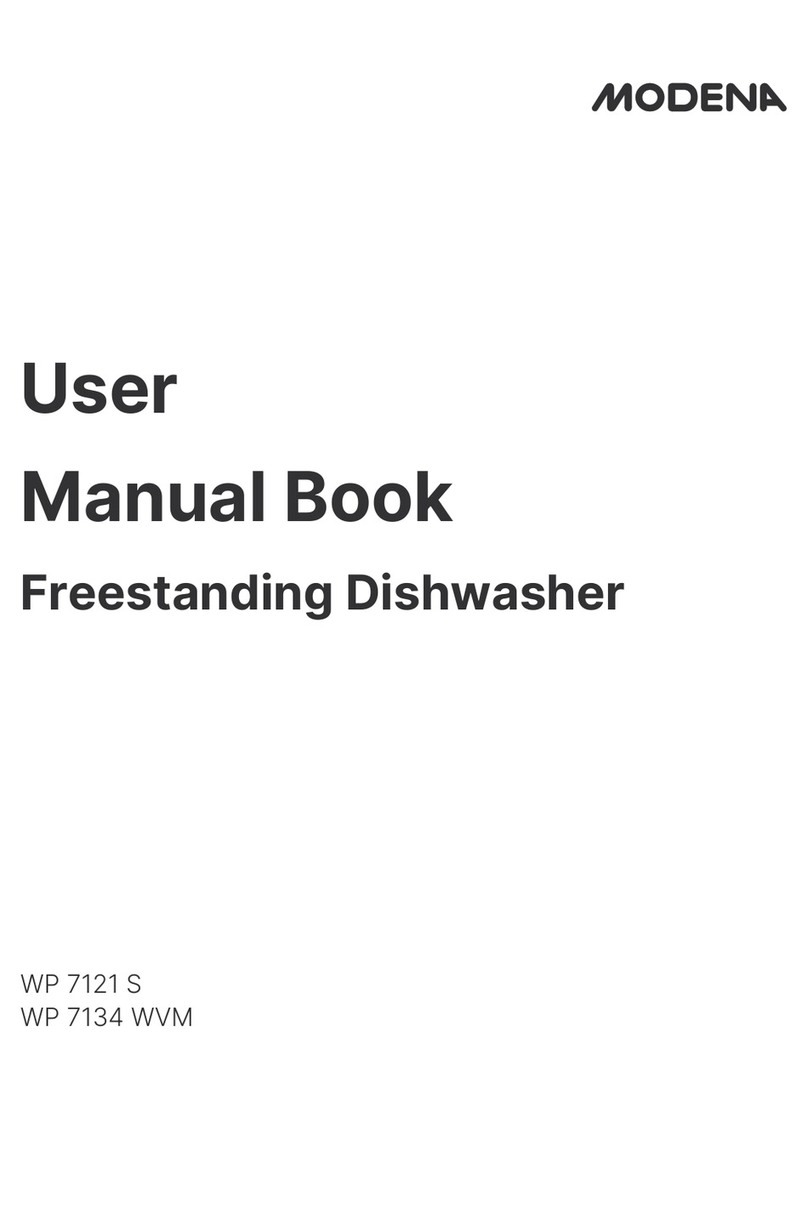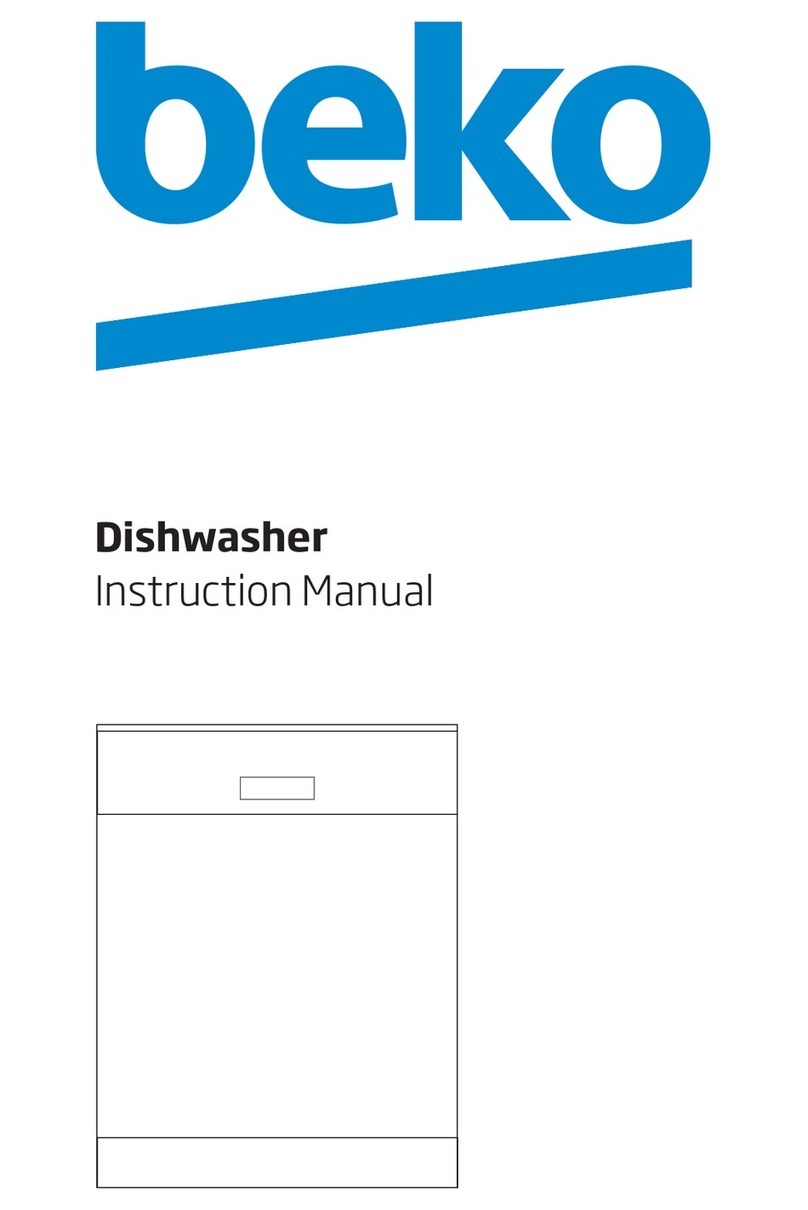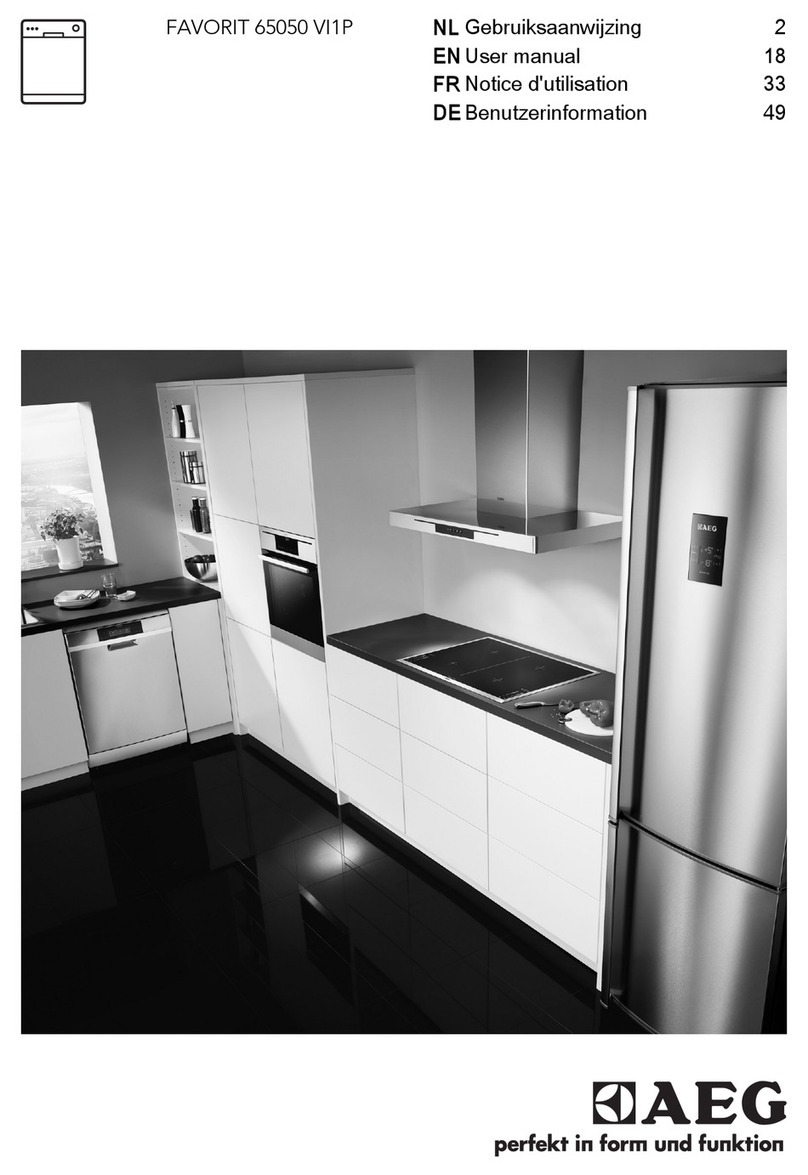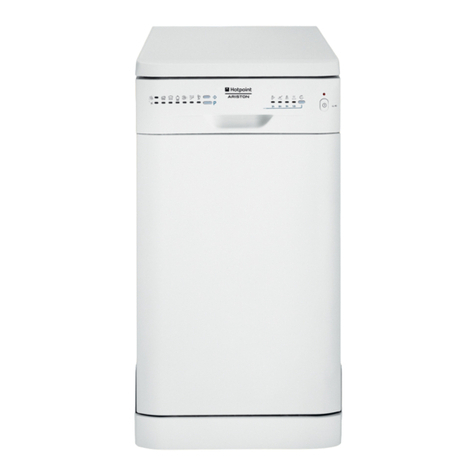
3
English
Safety Precautions Make sure to follow these instructions
WARNING
In order to prevent accidents or injuries to the users, other people, and damage to
property, please follow the instructions below.
The following charts indicate the degree of damage caused by wrong operation.
The symbols are classified and explained as follows.
These symbols indicate
prohibition.
This symbol indicates requirement
that must be followed.
WARNING
Indicate serious
injury or death.
CAUTION
Indicate risk of
injury or property
damage.
Stop using the unit when
abnormality/failure occurs and
turn ‘OFF’ the power switch or pull
out the 3 pin plug.
Example of abnormality/failure:
• Abnormal noise or heat.
• Abnormal emission of smoke,
fire.
The unit must be earthed. Plug the
power cord to socket outlet with
earthing continuity terminal.
Improper grounding could cause
electric shock.
Be sure to disconnect the Power
Plug from the wall outlet or
switch OFF the breaker before
maintenance, repair or service.
Also, do not handle the Power Plug
or breaker with wet hand.
When disconnecting the Power
Plug, hold the plug itself. Do not
pull the cord anyway. The cord may
be damaged and may cause fire or
electric shock.
This appliance is necessary to
allow disconnection from the
supply after installation. The
disconnection may be achieved
by having the plug accessible or
by incorporating a switch in the
fixed wiring in accordance with the
wiring rules.
This appliance is not intended
for use by persons (including
children) with reduced physical,
sensory or mental capabilities,
or lack of experience and
knowledge, unless they have been
given supervision or instruction
concerning use of the appliance
by a person responsible for
their safety. Children should be
supervised to ensure that they do
not play with the appliance.
When loading items to be washed:
1. Locate sharp items so that they
are not likely to damage the
door seal.
2. Knives and other utensils with
sharp points must be loaded
in the basket with their points
down or placed in a horizontal
position.
If the supply cord is damaged,
it must be replaced by the
manufacturer, its service agent or
similarly qualified persons in order
to avoid a hazard.
Insert the Power Plug firmly,
otherwise it may cause fire or
electric shock.
Dishwasher_NP-6F1MLQ.indb 3Dishwasher_NP-6F1MLQ.indb 3 7/19/2016 5:21:00 PM7/19/2016 5:21:00 PM




